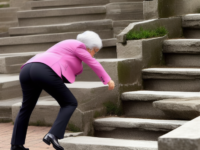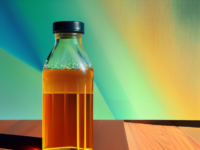If you’ve ever pushed yourself through an intense workout, you know the pain that follows—muscles screaming for relief. But fear not, because emerging research in sports science and physiology has uncovered some proven methods to reduce or even prevent that dreaded muscle soreness.
One effective technique to alleviate muscle soreness is foam rolling. By exerting pressure on the soft tissue using your own body weight, this process reduces tension and eases muscle soreness. A recent study found that just 20 minutes of foam rolling immediately after exercise, using a high-density roller and repeating every 24 hours, can significantly reduce muscle tenderness.
Another enjoyable approach is getting a massage. Not only does it feel great, but studies have shown that a 30-minute therapeutic leg massage after rigorous physical activity can limit delayed onset muscle soreness. Pairing massages with stretching and warm-up activities can further enhance their effectiveness in reducing muscle soreness.
While stretching is commonly believed to alleviate muscle soreness, research suggests otherwise. Several studies have found that stretching has little to no effect on improving muscle soreness, even up to a week post-exercise. However, stretching serves other purposes, such as injury prevention.
Taking antioxidants, long believed to reduce muscle soreness, may not be as effective as once thought. Although high doses of antioxidant supplementation slightly decrease muscle soreness within six hours and after 24-hour intervals, the effects are only minor. Additionally, nine out of 50 studies found adverse health effects like diarrhea, raising concerns about their safety and effectiveness.
So, the next time you hit the gym and feel the burn, try incorporating foam rolling, massage, and stretching into your routine.
Read more here.



















0 Comments